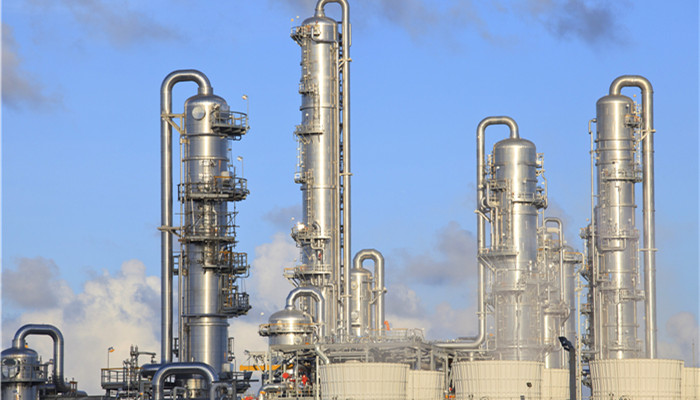
3-Methyl-1-butene has a wide range of potential applications, but industrial production has not yet started.
3-Methyl-1-butene product is separated from petroleum carbon five fractions, and can also be produced by co-dimerization of ethylene and propylene. Abroad, chemical companies such as ExxonMobil in the United States, Ineos of Switzerland, and Royal Dutch Shell Group have completed the technical development of 3-methyl-1-butene, mainly using the hydroisomerization method. Evonik developed A method of “preparing 3-methyl-1-butene through dehydration of 3-methyl-1-butanol” has been developed; in China, research institutions such as the Chemical Engineering Research Institute of Sinopec Shanghai Petrochemical Co., Ltd. Some research has also been done on the separation method of 1-butene, but the research results are not many, and there is still a big gap compared with foreign countries.
According to the released “China 3-methyl-1-butene Market Feasibility Research Report 2023-2027”, although foreign Some companies have mastered the production technology of 3-methyl-1-butene, but at this stage, no company has carried out industrial production of 3-methyl-1-butene. The first reason is that 3-methyl-1-butene The production process of olefin products is relatively complex and has very strict requirements for production equipment, safety facilities and environmental protection facilities. However, the current production process still has certain problems in terms of safety, reliability and economy; secondly, it is 3-methyl -1-Butene is a hazardous chemical, and its production, transportation, and sales are subject to relatively strict supervision, and there are obvious barriers to entry.
But 3-methyl-1-butene is an isomer of isopentene. It is a low-boiling isopentene and a branched α-olefin with high added value. Theoretically, 3-methyl-1-butene has great application potential and has strong commercial development value. For example, 3-methyl-1-butene can be used as a lubricant with high dispersion and excellent wear resistance. Oil additives can also be used to produce refrigerants, silicone mist inhibitors, and pesticide fine chemical products (such as pyrethrin intermediate 1,1-dihalo-4-methyl-1,3-pentadiene) etc., can also be used to prepare high-hardness pipes, and its prepolymer can serve as a nucleating agent to improve polymer transparency.
Industrial analysts said that China’s economic development has entered a period of transformation and upgrading, and environmental protection is an important step. The increasingly stringent environmental protection policies in recent years have put the development of the chemical industry with serious pollution into a greater dilemma. As a subdivided product of chemical products, 3-methyl-1-butene will also have environmental pollution problems in its future development. Therefore, companies must pay attention to the development of clean production processes when developing 3-methyl-1-butene.

 微信扫一扫打赏
微信扫一扫打赏

